Before I went to the William Morris Museum, I did not have any idea about who the man William Morris was. However, I do recognise some of his work and have heard about the Arts and Crafts Movement. I did study Fine Art and received a Minor (secondary degree) in Art, but I was surprised that I had actually never heard of him, or if I did, I guess it never made an impression at the time. His work actually had a major influence in interior design and "the home" in the mid-late 1800s. He was also a founder of the Arts & Crafts movement. In short, you should know of him because he is relevant today and still influences home living and interior design. In this post, I went to the William Morris Museum, which is located in Walthamstow in northeast London.
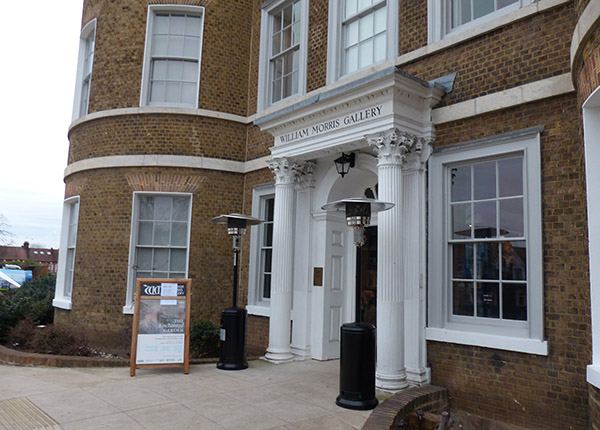
William Morris was born in 1834 and was the eldest son of a wealthy family, but he choose to become an artist, which was a strange decision in those days for the eldest son of a wealthy middle-class family. In short, he wanted to change the Victorian ways and disliked the interior design and industrialisation/pollution that the Victorians were known for. He wished to preserve historic buildings and campaigned to stop wasting natural resources. He also wanted the lower classes to have a better life. In fact, he ended up marrying a woman of a lower class that he met because she was often a model for his artwork; marrying between different classes was uncommon in those days. In short, he was a socialist and an environmentalist.
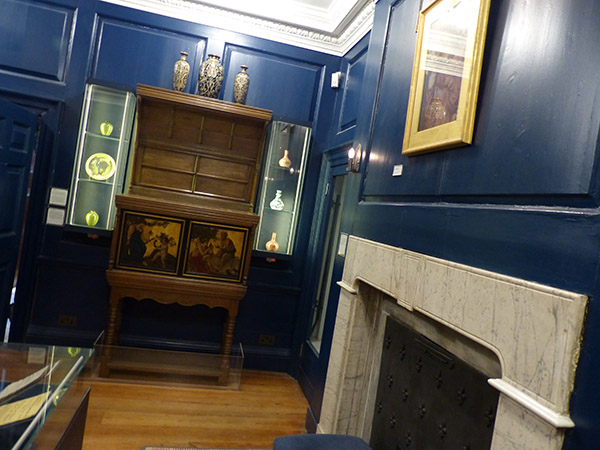
William Morris was a socialist who wanted to end the inequality of the class system and wanted poorer people to have better living conditions and better lives, and he felt that they and the environment were being exploited. He envisioned a future London as not being polluted, being green, and everyone enjoying creativity and craftsmanship. He was inspired by the works of H.G. Wells (a fellow socialist who penned "Utopia" as one of his books), Thomas More, and other writers.
In short, William Morris wanted everyone to have access to beautiful items and felt that the home should contain only items of beauty. This is one reason why William Morris created beautifully-illustrated books. William Morris actually loved books, so one of his interests and businesses was related to the publishing industry. He re-printed books with his illustrations and only used books that he himself would enjoy to keep and read over and over again.
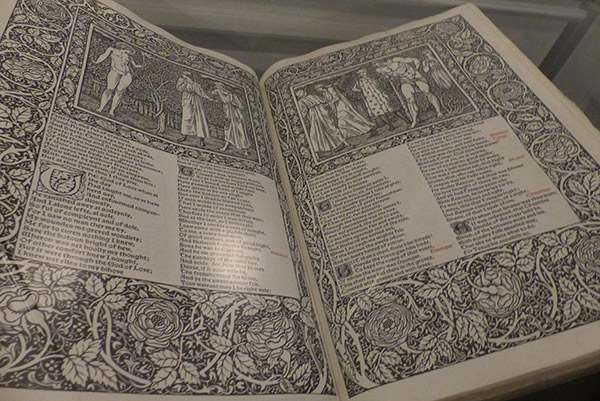
This book design is relevant today (as graphic design); companies still re-publish classics with beautiful covers and artwork, and I have bought several titles because I enjoy the book and because they look nice on the shelf. They are works of fine art as much as they are a literature art.
"The Canterbury Tales" was one of the books that Morris completed, and it took four years. He also arranged illustrations for other books, which were then re-printed and sold.
The press he founded was Kelmscott Press, and he also created his own typeface. Kelmscott Press operated from 1891 to 1898, and it produced 52 titles.
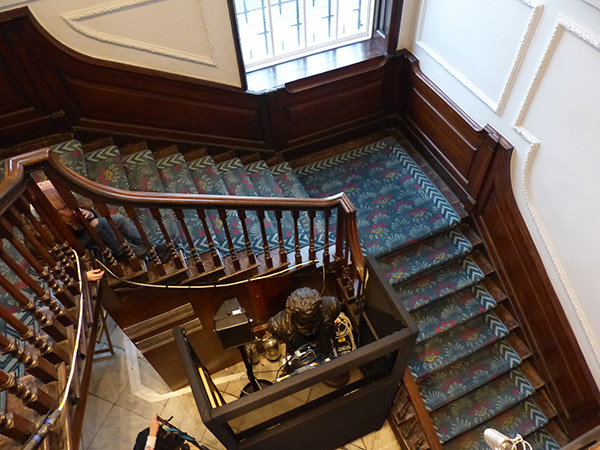
The Arts and Crafts Movement was started by Morris and John Ruskin in the 1880s to the First World War, and the followers disliked industrialisation and wasteful consumerism. There was not one artistic style to explain the movement but it was rather about the ideas over artistic styles.
Today, William Morris is known for his patterns, and they are used in wallpaper and book covers today. To create the patterns, he studied flowers and birds, and he disliked the cheap-looking chemically-produced dyes used by Victorians.
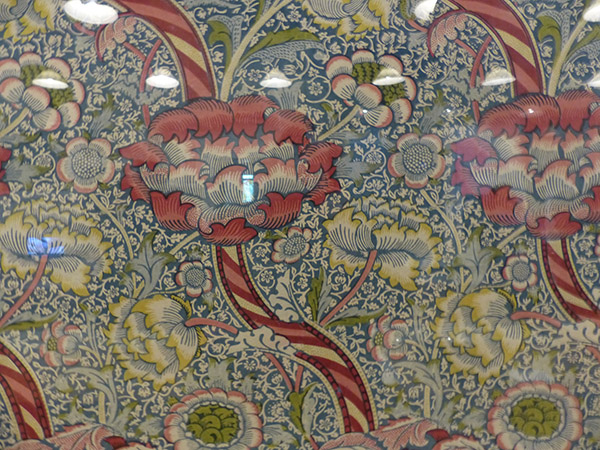
Unfortunately, William Morris did not have a very long life, but the aspects of what he produced in his lifetime is a huge achievement that most people do not even achieve even if they live a much longer life. He was involved in most aspects of art and design in his life, wishing to learn several artistic trades and learn about the world around.
The museum was busy when I visited, so I did not spend too much time here but I did get to have a good look around and do recommend it.
Another part of the museum has a small art gallery, and this contained some work by impressionist artists, such as Monet, and also some nice artwork by Beatrix Potter, who created the Peter Rabbit stories. However, I believe that these are only temporary exhibitions and new artwork is showcased at other times.

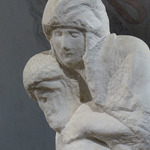
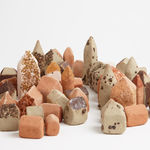
Leave a comment